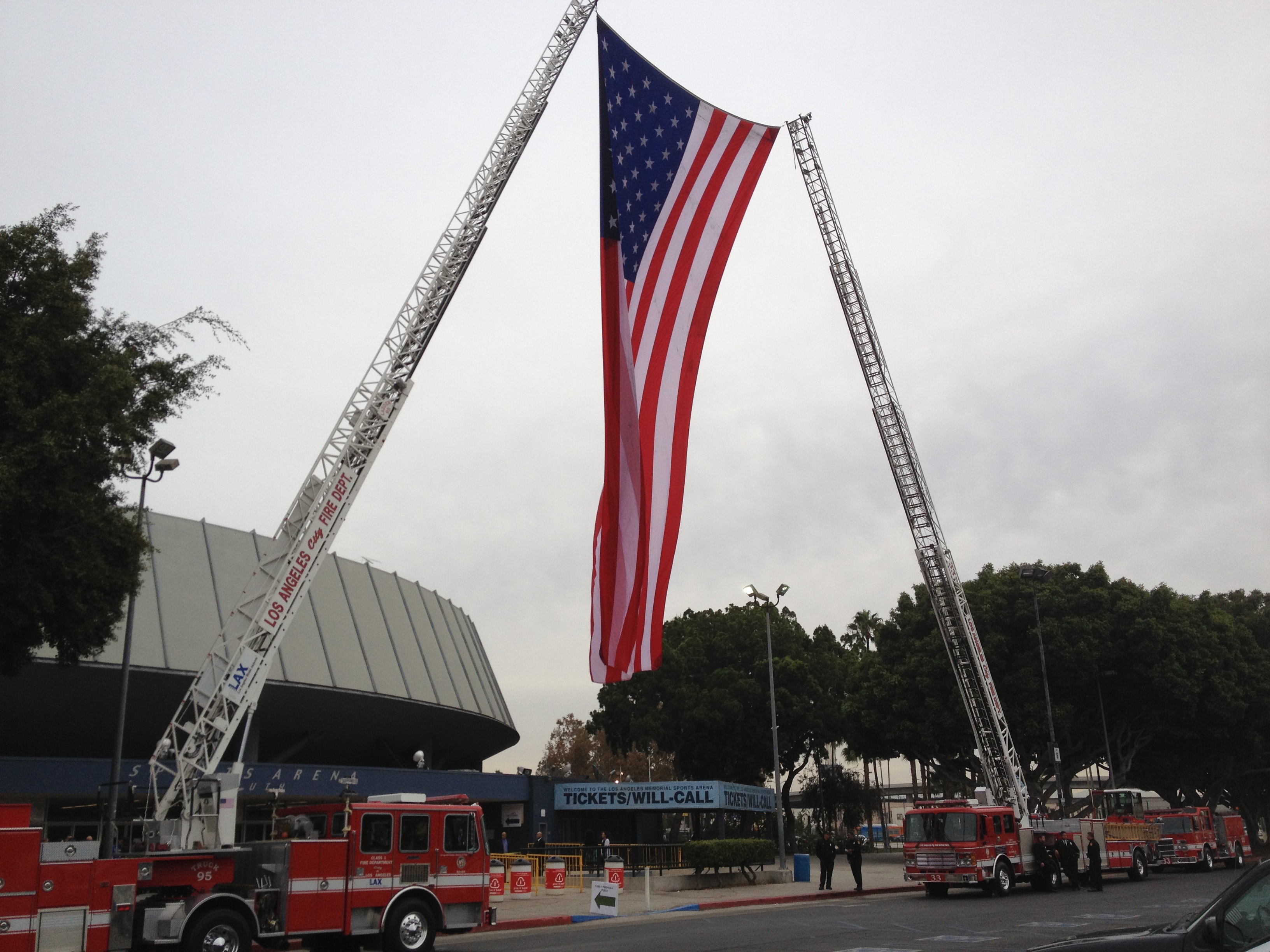As we’ve seen in the last several years, domestic and international terrorists can strike at any time.
To combat the threat of terrorism, emergency services officials representing all levels of government continue to work together to develop and implement effective strategies for preventing and responding to incidents.
The public also has a role in reducing the impact of terrorism on their lives. Suggestions on how to be better prepared at home and work can be found in the following documents.
BEFORE AN ATTACK

Obviously no one wants to experience a terrorist attack. Unfortunately, the reality is that terrorist activity exists, and we would be wise to be informed and take reasonable measures to be prepared. The following information may be of assistance in this regard.
Learn about the nature of terrorism:
- Terrorists look for highly visible targets such as international airports, large cities, major international events, resorts and high-profile landmarks.
- Prior to an attack, terrorists try to blend into the local community. Report any suspicious activities to your local authorities.
Preparing for terrorist attacks is the same as preparing for earthquakes, fires and other emergencies:
- Observe the environment. Terrorists most often strike with little or no warning.
- Use caution when you travel. Observe and report unusual or suspicious activity to the proper authorities. Keep your packages with you at all times. Do not accept packages from strangers.
- Locate stairways and emergency exits and develop plans for evacuating buildings, subways and crowded public areas.
- Create an emergency communications plan. Choose an out-of-town contact that your family or household can call to check on each other.
- Conduct periodic evacuation drills.
- Establish a meeting place away from your home in case your home is affected by the disaster or is in the area evacuated.
- Check on the school emergency plan for your children. Make sure the school has your updated emergency contact information.
If you live or work in a multi-level building:
- Identify the location of fire exits and review emergency evacuation procedures.
- Locate and maintain fire extinguishers in working order. Train responsible personnel on how to use them.
- Obtain training in first aid and CPR.
Assemble and maintain an emergency supply kit at home, at work and in your car:
- Battery-powered radio, flashlights, batteries
- Whistle
- First aid kit and manual
- Hard hats, dust masks and eye goggles
- Duct tape
- Fluorescent tape to rope off dangerous areas
- Water
- Food (canned, no-cook, packaged snacks)
- Manual can opener
- Cash and credit cards
- Change of clothing, rain gear, and sturdy shoes
- Blankets or sleeping bags
- Fire extinguisher (A-B-C) type
- Infant and feminine hygiene supplies
- Essential medicines and eyeglasses
- Names, addresses, and telephone numbers of doctors and pharmacist
- Food and water for pets
- Large plastic bags for trash, waste, water protection
- Toilet paper and paper towels
- Charcoal grill or camp stove for outdoor cooking
DURING AN ATTACK
If there’s an explosion:
- Remain calm. Take cover under a desk or sturdy table if ceiling tiles, bookshelves, their contents, etc., begin to fall.
- Exit the building as quickly as possible.
If there’s a fire:
- Crawl low in smoke and exit the building as quickly as possible.
- Use a wet cloth to cover your nose and mouth.
- Use the back of your hand to feel the lower, middle and upper parts of closed doors. If the door is not hot, brace yourself against the door and open it slowly. Do not open the door if it is hot. Seek another escape route.
- Use appropriate fire exits, not elevators.
If there’s a biological or chemical attack:
- Remain calm.
- Follow the advice of local emergency officials.
- Listen to the news media for instructions.
AFTER AN ATTACK
If you are trapped in debris:
- Think before you act.
- If possible, use a flashlight to signal rescuers regarding your location.
- Avoid unnecessary movement so that you don't kick up dust. Cover your mouth with a handkerchief or clothing.
- Tap on a pipe or wall so that rescuers can hear where you are.
- Use a whistle if one is available. Shout only as a last resort—shouting can cause a person to inhale dangerous amounts of dust.
- Trained rescue personnel will respond. Their first priority is rescue.
PROACTIVE ACTIONS
Protective actions are actions we take to safeguard our family members and ourselves from harm. The most common emergency protective actions are evacuation and shelter-in-place.
- Evacuation means to leave the area of actual or potential hazard.
- Shelter-in-place means to stay indoors. This includes additional precautions such as turning off air-conditioning, ventilation systems and closing all windows and doors.
What should you do?:
- Remain calm. Think before you act.
- Be aware of your surroundings.
- Have a Family Preparedness Plan.
- Stay informed.
- If an evacuation is ordered, follow the instructions of local officials regarding evacuation routes and the location of shelters.
- If shelter-in-place is recommended, local officials will provide instructions on necessary actions.
- Do not leave your sheltered location or return to the evacuated area until it is deemed safe to do so by local officials.




